April 24 to April 30
After crossing the Taiwan Strait, Cheng Cheng-kung’s (鄭成功, or Koxinga) troops landed at Tainan’s Luermen (鹿耳門) 322 years ago today, resting for a few hours before sailing into the Taijiang Inner Sea (台江內海) to launch their assault on Dutch colonizers.
For the past 13 years, the Luermen community (鹿耳門) has reenacted the Ming loyalist warlord’s landing to highlight the historical event and boost tourism.
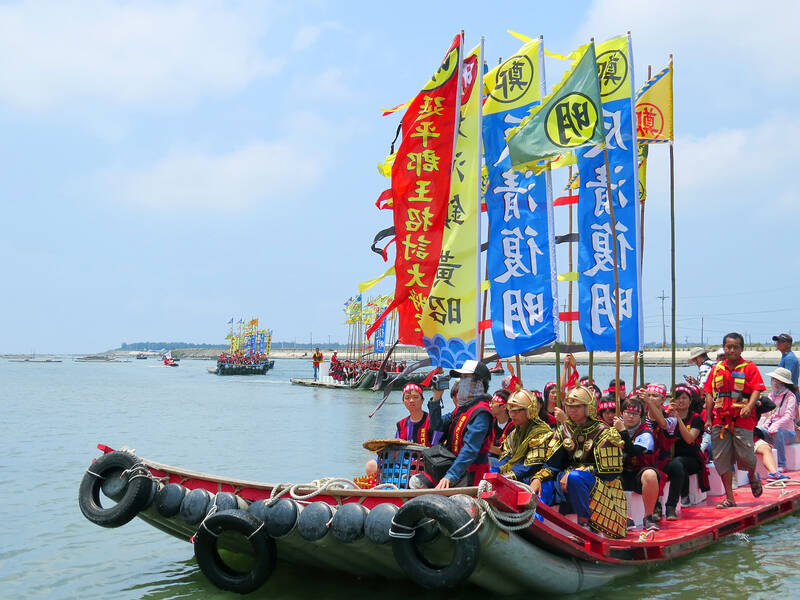
Photo: Tsai Wen-chu, Taipei Times
What’s different this year is that the sea goddess Matsu (媽祖), who is believed to have protected Cheng’s troops during their voyage, will take part in the reenactment for the first time. According to a report in the Liberty Times (the sister paper of the Taipei Times), the goddess made it known several days earlier through a spirit medium of her wishes to board one of the ships during the event.
This points to a long-standing conflict: Luermen has two Matsu temples, Luermen Tianhou Temple (鹿耳門天后宮) and Orthodox Luermen Shengmu Temple (正統鹿耳門聖母廟), both of which claim to be the legitimate successor to the area’s original Matsu temple, which was destroyed by a flood in 1871. The temple is said to have either been built or expanded by Cheng. As a result, Matsu effigies from both temples will be joining the event.
According to Luermen Community Development Association director Tsai Teng-chin (蔡登進), legend has it that Cheng was able to land on Taiwan because Matsu raised the sea level by several meters, the miracle accounting for her popularity today.
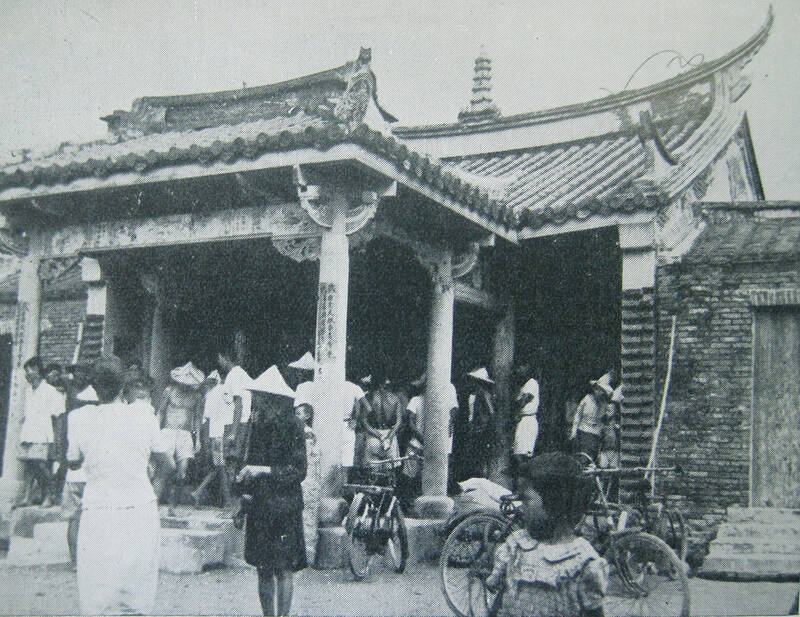
Photo courtesy of Wikimedia Commons
The event will center around Zhenmen Temple (鎮門宮), a modern shrine dedicated to Cheng that was the center of controversy in 2016 after a botched attempt to apologize to the indigenous people who suffered due to Cheng’s arrival and subsequent waves of Han immigration from China.
CHENG’S LANDING
Just two decades after the Dutch established their presence in Taiwan in 1624, the Ming Dynasty fell to the Qing who began pushing south to wipe out the remaining resistance. Cheng was based in Xiamen, directly opposite Taiwan on the Chinese coast. Facing increased pressure from the Qing, Cheng decided to drive the Dutch from Taiwan and use it as a base to reconquer China.
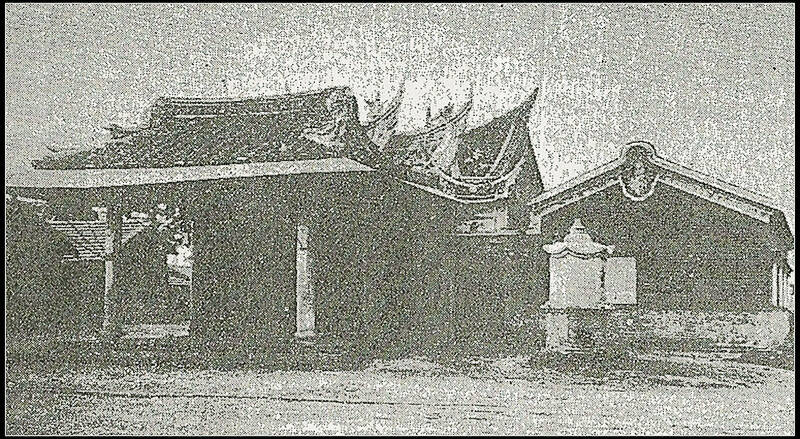
Photo courtesy of Wikimedia Commons
Rumors had swirled among the Dutch of Cheng’s invasion for over a year when his fleet finally appeared on the horizon in the early morning of April 30, 1661. The Han inhabitants of Luermen were welcoming as they rushed to help Cheng’s troops disembark. Cheng set out again around noon, and within a few days they had conquered Fort Provintia. They then besieged Fort Zeelandia for nine months until the Dutch finally surrendered in January 1662.
When the Dutch first arrived, Luermen was a seasonal camp for fishermen from the coast of Fujian Province, according to “The Historical Changes of the Regional Development along Luermen Creek” (鹿耳門溪沿岸地方開發的歷史變遷) by Lu Jui-hsiang (呂瑞祥). It gained importance as the main entryway to the Taijiang Inner Sea under Cheng, and became a permanent fishing and trading settlement with a small fort and defending garrison.
Sources vary on the origins of the local Matsu temple. Tienhou Temple states that Cheng built the original shrine the day he landed, while Shengmu Temple says that Cheng paid tribute to an existing Matsu shrine that day. Scholars believe that it wasn’t erected until 1719, but both temples maintain that the 1719 event was a renovation and expansion.
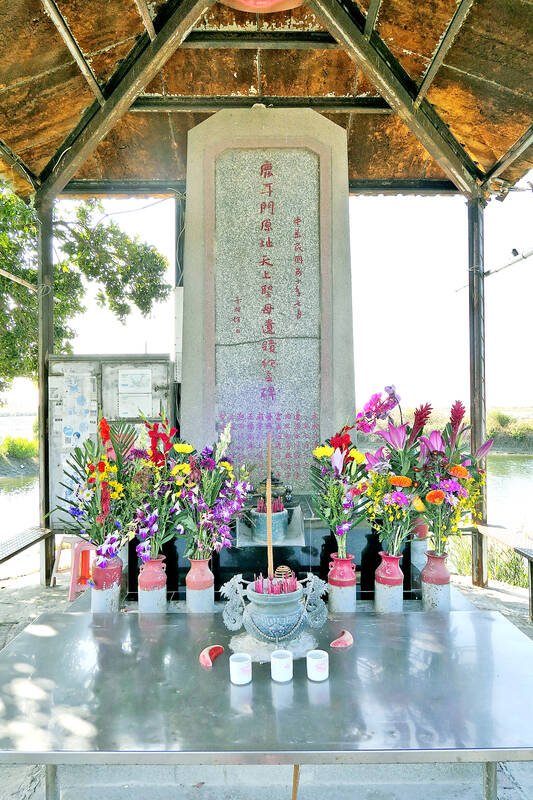
Photo courtesy of Wikimedia Commons
The geography of the area changed drastically over the next century. In 1823, the Zengwen River (曾文溪) changed its course after a flood and began bringing large amounts of silt into the Taijiang Inner Sea, causing Luermen’s strategic significance to diminish. The river overflowed in 1871 during a flood, this time destroying the temple. Followers are said to have saved the Matsu effigy moments before the ceiling collapsed.
THE DISPUTE
Tienhou Temple’s Web site states that the Matsu effigy was circulated in private shrines afterward, and no new temple was built due to financial difficulties. It finally found a home when Tienhou Temple was built in 1947. However, Shengmu Temple writes that in 1918, acting on instructions from the local Wangye deity, residents from nearby Tucheng Village built their temple using material from the original’s ruins to house the Matsu effigy, which had been temporarily placed in another shrine.
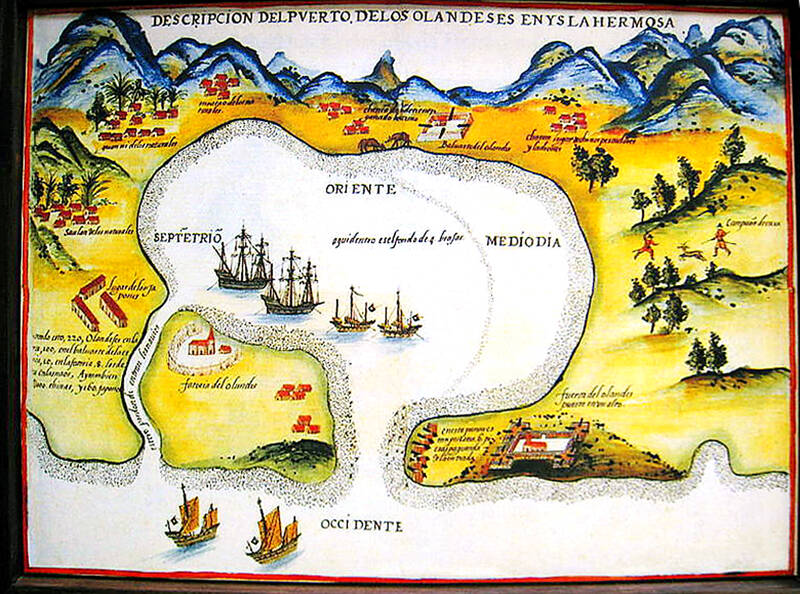
Photo courtesy of Wikimedia Commons
According to “The Controversy of Orthodoxy between Matsu Temples of Luermen” (鹿耳門的媽祖信仰與正統之爭) by historian Hsieh Kuo-hsing (謝國興), however, Shengmu Temple was originally called Baoan Temple (保安宮) and worshipped Wangye as its main deity and Matsu as a secondary deity. It didn’t change its name to Shengmu Temple until 1960.
There was no conflict between the two shrines until 1956, when an archaeological expedition by National Taiwan University brought attention to Cheng’s landing in the Luermen area. Both temples claimed to have the Matsu effigy that was on Cheng’s warship when he arrived. But Hsieh writes that Cheng was actually a follower of the Emperor of the Mysterious Heaven (玄天上帝), so it’s unlikely that he would have a Matsu statue onboard.
Things intensified when the government decided to erect a plaque to commemorate the 300th anniversary of Cheng’s landing in 1961. The temples, each side with their supporting scholars, officials and experts, claimed that they were closer to the spot where Cheng landed. It was difficult to determine the exact spot due to the geography having completely changed; today the plaque is located between the two temples, slightly closer to Shengmu Temple.
Both temples added “Luermen” to the front of their names to emphasize their legitimacy, Shengmu temple later added “Orthodox” to show that it was the true successor. Their Web sites differ in just one letter: www.luermen.org and www.luerhmen.org.
CULTURAL APPROPRIATION
By comparison, Zhenmen Temple’s history is straightforward. It was constructed after one of Cheng’s soldiers allegedly appeared in the founder’s dreams in 1986. It’s known for its unique bare-footed door gods with Caucasian features, supposedly representing the Dutch who didn’t have time to put on their shoes before they fled Taiwan.
In 2016, a year after President Tsai Ing-wen (蔡英文) apologized to the nation’s indigenous people, Cheng appeared in a dream of the temple director, saying that he also needed to apologize.
The temple then conducted a three-day “indigenous” ritual toward Siraya deity Alid to transmute the souls of the indigenous people who suffered due to Cheng’s arrival — but no indigenous were involved, instead with Han Taiwanese dressing up in makeshift costumes and conducting a completely garbled version of the traditional worship ceremony.
Siraya leaders, who were not consulted, said that they felt insulted by the inaccurate costumes, incorrect ritual objects and “strange dances.”
The temple promised to improve, but they haven’t had such an event since.
Taiwan in Time, a column about Taiwan’s history that is published every Sunday, spotlights important or interesting events around the nation that either have anniversaries this week or are tied to current events.
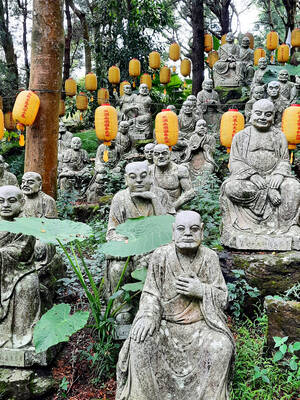
When Taiwan was battered by storms this summer, the only crumb of comfort I could take was knowing that some advice I’d drafted several weeks earlier had been correct. Regarding the Southern Cross-Island Highway (南橫公路), a spectacular high-elevation route connecting Taiwan’s southwest with the country’s southeast, I’d written: “The precarious existence of this road cannot be overstated; those hoping to drive or ride all the way across should have a backup plan.” As this article was going to press, the middle section of the highway, between Meishankou (梅山口) in Kaohsiung and Siangyang (向陽) in Taitung County, was still closed to outsiders

President William Lai (賴清德) has championed Taiwan as an “AI Island” — an artificial intelligence (AI) hub powering the global tech economy. But without major shifts in talent, funding and strategic direction, this vision risks becoming a static fortress: indispensable, yet immobile and vulnerable. It’s time to reframe Taiwan’s ambition. Time to move from a resource-rich AI island to an AI Armada. Why change metaphors? Because choosing the right metaphor shapes both understanding and strategy. The “AI Island” frames our national ambition as a static fortress that, while valuable, is still vulnerable and reactive. Shifting our metaphor to an “AI Armada”
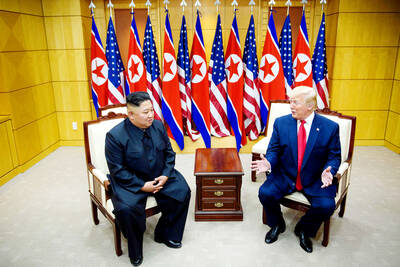
US President Donald Trump may have hoped for an impromptu talk with his old friend Kim Jong-un during a recent trip to Asia, but analysts say the increasingly emboldened North Korean despot had few good reasons to join the photo-op. Trump sent repeated overtures to Kim during his barnstorming tour of Asia, saying he was “100 percent” open to a meeting and even bucking decades of US policy by conceding that North Korea was “sort of a nuclear power.” But Pyongyang kept mum on the invitation, instead firing off missiles and sending its foreign minister to Russia and Belarus, with whom it
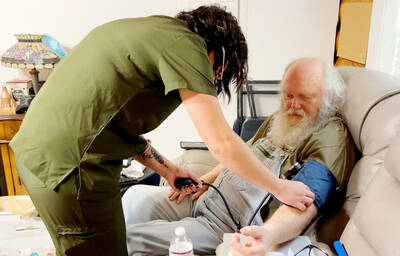
The older you get, and the more obsessed with your health, the more it feels as if life comes down to numbers: how many more years you can expect; your lean body mass; your percentage of visceral fat; how dense your bones are; how many kilos you can squat; how long you can deadhang; how often you still do it; your levels of LDL and HDL cholesterol; your resting heart rate; your overnight blood oxygen level; how quickly you can run; how many steps you do in a day; how many hours you sleep; how fast you are shrinking; how